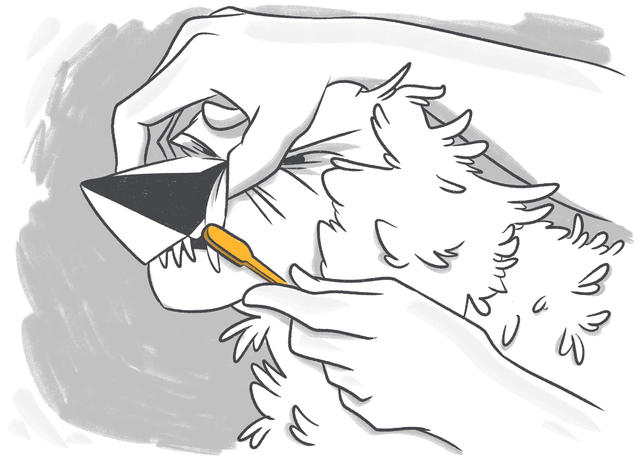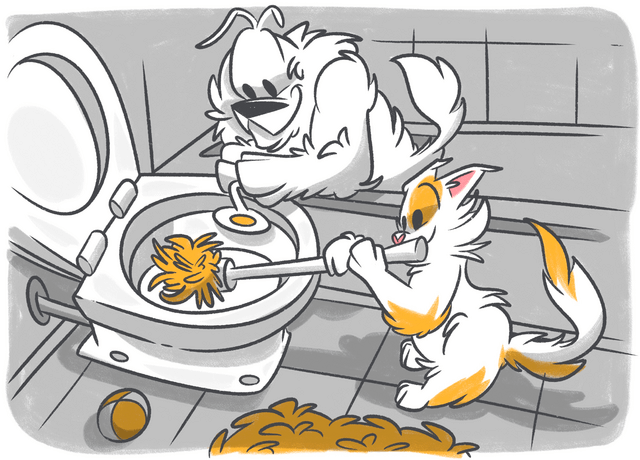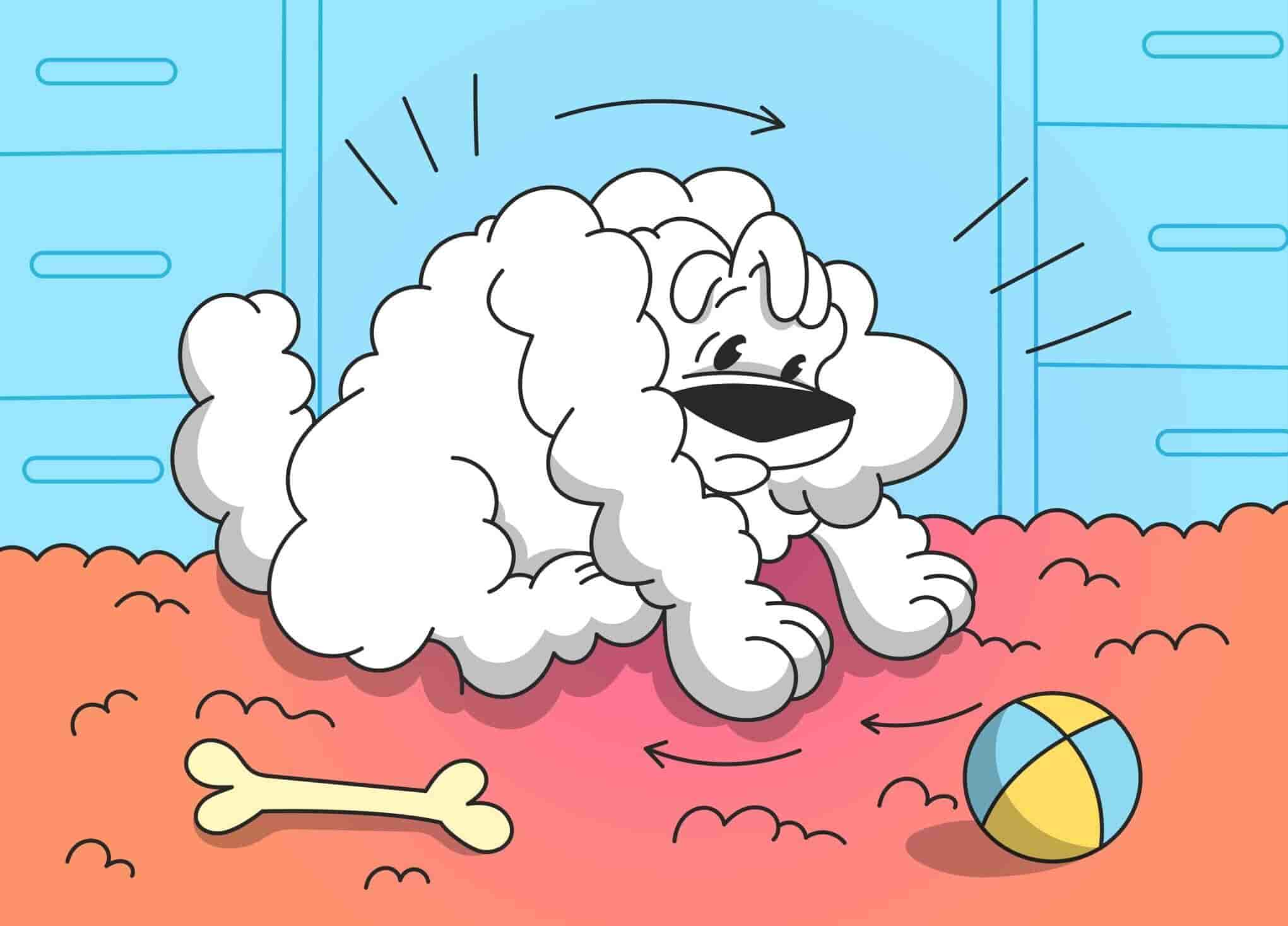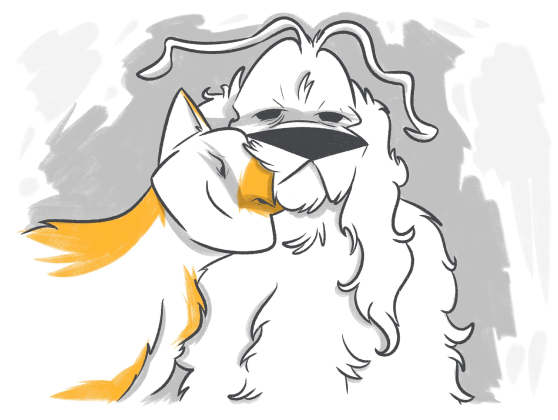I know that dogs can’t exactly brush their teeth in the ‘wild’, but good oral health and hygiene are vital for keeping not just dogs but cats, humans, and other pets alive and healthy.
The connection isn’t obvious, but poor oral health can lead to an assortment of potentially life-threatening health consequences elsewhere in the body, such as heart disease, diabetes, dangerous bacterial or viral infections, liver damage, broken or damaged jaw bone, high pain, and more.
Stop Googling - Ask a Real Vet
Content:
- How to Remove Plaque from Dog Teeth
- How to Get Tartar Off Dog Teeth
- How Often Should You Brush a Dog Teeth
- How to Freshen a Dog Breath Without Brushing
- Can You Use Human Toothpaste or Soda on Dogs
- FAQs
- Conclusion
How to Remove Plaque from Dog Teeth
How much plaque does your dog have on their teeth? Plaque starts where the teeth meet the gums and is usually a light-to-dark brown color. A small amount can be managed at home, but a big buildup of plaque needs veterinary treatment.
You can avoid plaque buildup by brushing your pup’s teeth regularly, starting from the moment you get them. The younger you train your pet to feel comfortable during the teeth-cleaning process, the easier your life will be. Trying to clean an older dog’s teeth for the very first time can be difficult and a little traumatic for both of you!
Even a small amount of plaque can prove difficult to get rid of. Having it removed by a vet as soon as you see any kind of buildup will keep the problem at bay and help diagnose any underlying medical issues, if applicable, some of which can be life-threatening. It’s important to monitor your pet following an illness, but you can use state-of-the-art pet tech, such as interactive Pet Camera, to keep an eye on them at all times.
How to Get Tartar Off Dog Teeth
According to VCA Animal Hospitals research by the time eighty percent of all canines reach the age of three, they will have experienced some sort of periodontal disease, also known as dental disease. This can include fractured or broken teeth, a buildup of tartar or plaque, gingivitis, and more.
Tartar happens when plaque hasn’t been treated, so you can think of it as the ‘second stage’. It usually requires treatment or removal at the vet because it is hardened and difficult to resolve. Also, tartar attracts more plaque, which then causes more tartar, and so on.
How Do Vets Get Rid of Tartar and Clean Dog Teeth
Alongside making notes of the symptoms you’ve noted and asking other diagnostic questions, your vet will also perform other tests to properly determine the cause of your pup’s problems, such as X-rays. Likely, you won’t have noticed other symptoms alongside visible tartar, as periodontal disease rarely causes them.
Following a full body and oral examination of your pet, a vet will complete other tests if treatment, such as cleaning and polishing, is necessary. Dogs are anesthetized for teeth cleaning because it is more extensive than human teeth cleaning, so blood is tested for organ function beforehand.
Veterinarians prescribe antibiotics for infections or if there is a high risk or chance of infection. Painkillers and other treatments are necessary for fractures or broken teeth, such as extraction or root canal therapy. Your vet will advise on a treatment plan going forward that is tailored specifically to your pet’s needs.
How Often Should You Brush a Dog Teeth
Your pup’s teeth require daily brushing. This may seem like a tough task, but if you make it part of your daily routine, just like walking, feeding times, or waking and sleeping times, it will become an everyday thing that your pet is perfectly comfortable with.
Dog-safe toothpaste and a toothbrush, when used daily, are the best ways to keep plaque and tartar at bay, and brushing isn’t the only tool in the box. You can also use treats that have been specifically designed to scratch away plaque, and there are even toys that do the same job. These will not help with tartar, however. This calls for more aggressive treatments, often under a general ‘going under’ anesthetic.
Treatments for your dog’s drinking water, dental-specific diets, and regular vet checkups are also great ways to keep your dog’s oral health in tip-top condition.
How to Freshen a Dog Breath Without Brushing
You can’t use other tools or approaches to cleaning your dog’s teeth; the actual cleaning part is vital, whether that’s by your hands or the hands of a professional. There are things you can use and do in conjunction, but skipping cleaning those reefs is a terrible idea that will lead to huge vet bills in the future. (Trust me!)
Dental doggy treats, dog chew toys, doggy dental cleaning wipes, raw real meat bones, and even holistic remedies such as supplements or mouth sprays can all help to freshen your mouth's face for those sweet doggy kisses, but they won’t improve your pup’s oral health without teeth brushing.
Can You Use Human Toothpaste or Soda on Dogs
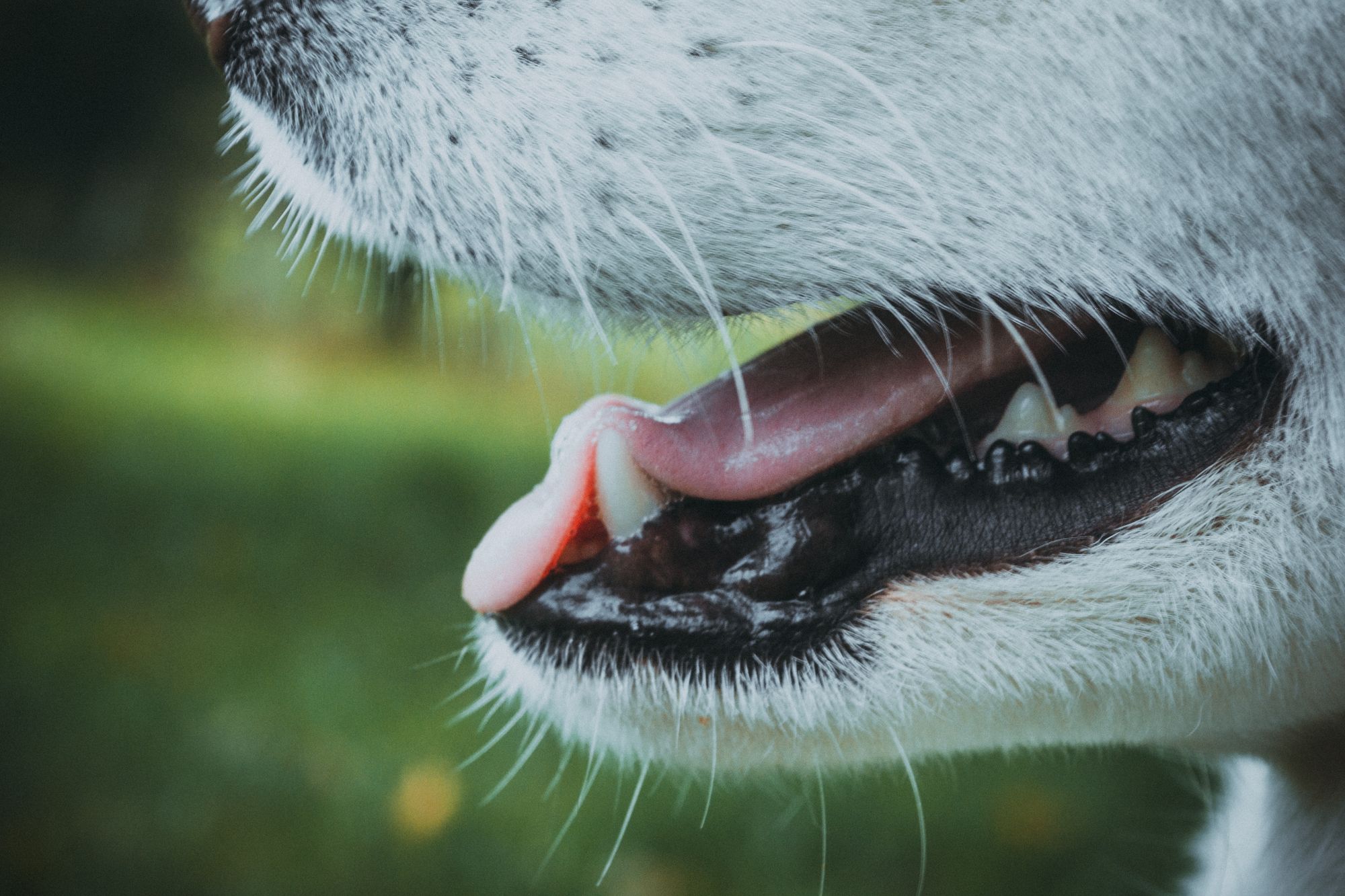
No, no, and no again. Human toothpaste is not designed for canine use for several reasons. These include:
- High salt content;
- Toxic ingredients (to dogs);
- Ingredients likely to cause doggy stomach upsets;
- Ingredients are not suitable for swallowing (which you won’t be able to stop).
You should only ever use dog-friendly and safe toothpaste for your dog. If in doubt, ask your vet for advice. That’s what they are there for, after all!
Do not use bicarbonate of soda as toothpaste for your dog, despite what it says all over the internet. First of all, have you ever tasted it? Your dog probably isn’t going to want that in their mouth. That’s not all, though: bicarbonate of soda will give them an upset stomach with diarrhea, vomiting, or both, which you’ll need to clean up. Oh, and pay for it. Don’t say I didn’t warn you!
Thankfully, Petcube’s Emergency Fund is designed for frightening moments just like this, stepping in and providing you with up to $3,000 of emergency vet care for up to six household pets for barely $1 per day.
FAQs
Dog teeth cleaning: how long does it take?
The whole doggy teeth cleaning procedure is much longer than a human visit to the dentist for a clean. With preparation for anesthesia, such as bloodwork, the whole process can take up to eight hours. Your vet will only spend around thirty minutes to an hour, if even that long, cleaning the teeth. Other procedures, such as the removal of teeth, will extend the time.
How do you brush a dog’s teeth when they refuse?
Patience, forgiveness, and treats are your friends in this situation. Starting teeth brushing with older pets is a considerably tougher challenge… and it is common for pet parents to give up and delegate the job to professionals.
You will need to start by letting your dog grow comfortable with your hands around their mouth, then in their mouth, before moving on to things like toothpaste and brushes. Slow and steady wins the race, which is why you should start young!
Conclusion
When was the last time you cleaned your pup’s teeth, either by brushing them or by taking a trip to the vet? If it’s too long for you to remember, you’re potentially letting periodontal disease run rampant in their mouth. It has widespread repercussions, comes hand-in-hand with costly vet bills, and will make you wish you’d just picked up a doggy toothbrush.
Was this article helpful?
Help us make our articles even better

